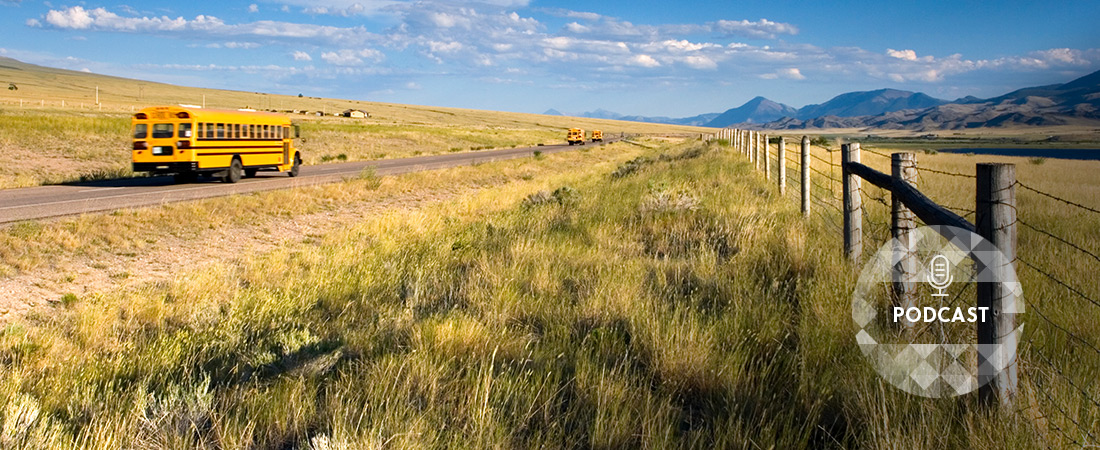How Are Rural Schools Faring in the Pandemic?

Listen in as our experts discuss a wide range of current topics. Check out all of our podcasts.
2020 has been an exceptionally different—and difficult—school year for many of the 9 million students who attend rural schools in the United States. Not only has hybrid and remote learning replaced face-to-face instruction, but the pandemic has drastically affected the economic stability and physical health of many families in rural communities. These impacts will continue to be felt long after a vaccine is found.
In this podcast, Pam Buffington, director of Rural STEM Initiatives at EDC, and Mara Casey Tieken, an associate professor of education at Bates College, discuss how rural schools are adapting to the current realities—while continuing to meet the needs of students and their families.
On the issues that rural educators are facing during the pandemic:
Tieken: I think one of the biggest issues is Internet connectivity. We know that we have a digital divide and that is hitting rural communities really, really hard. So back in the spring, when some schools shut down pretty quickly, a lot of kids were just cut off from any kind of learning opportunity at all because they didn’t have the connectivity at home. Or even if they had the connectivity, they might not have had the devices they would need in order to be able to access lesson plans.
Buffington: There’s really a shortage of bus drivers across the nation in rural places. And they were already using, in many cases, double runs to pick up students or triple runs just because they didn’t have the staffing. And then you add the burden of COVID, and the social distancing, and it’s not possible to get the number of runs and to be able to have the full population [at school].
On how rural schools have adapted:
Buffington: Some rural teachers that I have talked with directly, not just in Maine but throughout the Northeast, have talked about the way that they’ve started to rethink their hybrid learning opportunities. In other words, they have talked about having opportunities for students to engage in small groups and breakouts and other kinds of ways when they’re together online. But then the teacher has online office hours and has made direct contacts with families to check in on students on the days that they are not in schools.
On the opportunity that this moment provides:
Tieken: I think also the pandemic has called new attention to a lot of the inequalities of education. And so as schools have shut down in the spring, as many places are still teaching remotely now, there are a lot of kids that aren’t able to access any kind of educational opportunities. Research is beginning to show the kind of learning loss that’s happening with the pandemic, and that’s disproportionately hitting low-income children and students of color. And so we need to think about, well, why is that? Why is that happening, and what can we do about that? How do we actually make our schools more equitable right now to address the impacts of the pandemic? . . . These kinds of inequalities, they’ve always been there. And I hope that this moment will give us a renewed urgency to actually address them.


